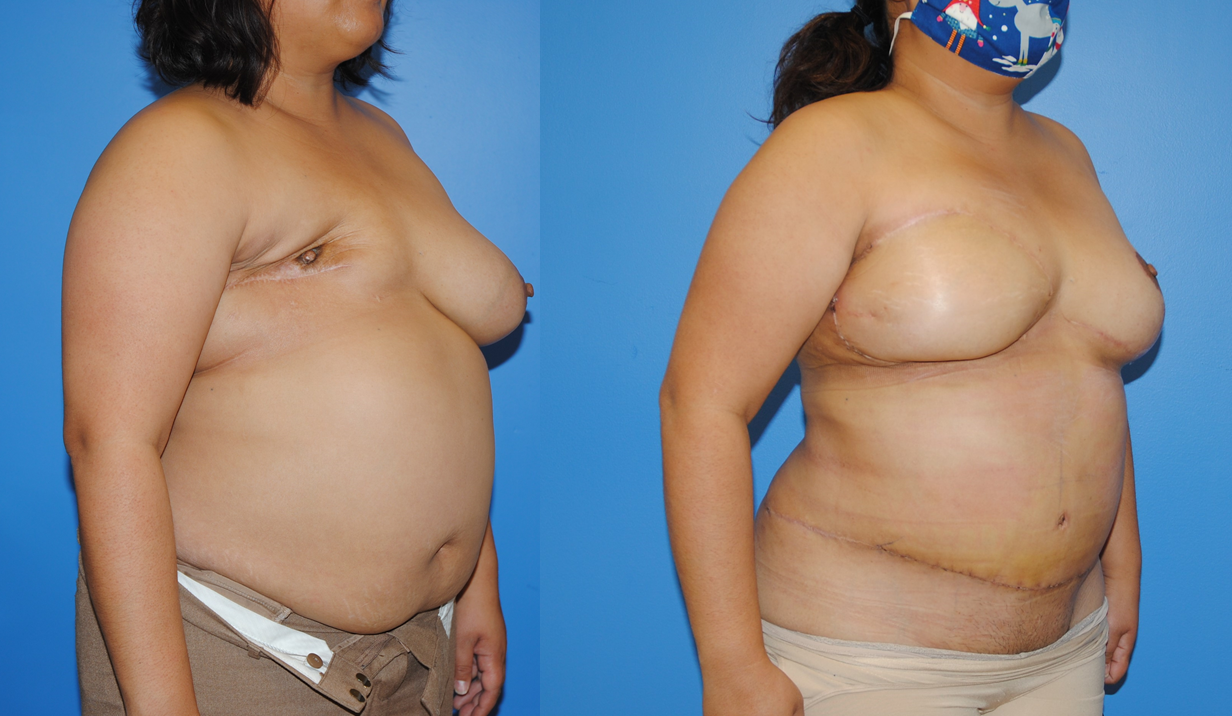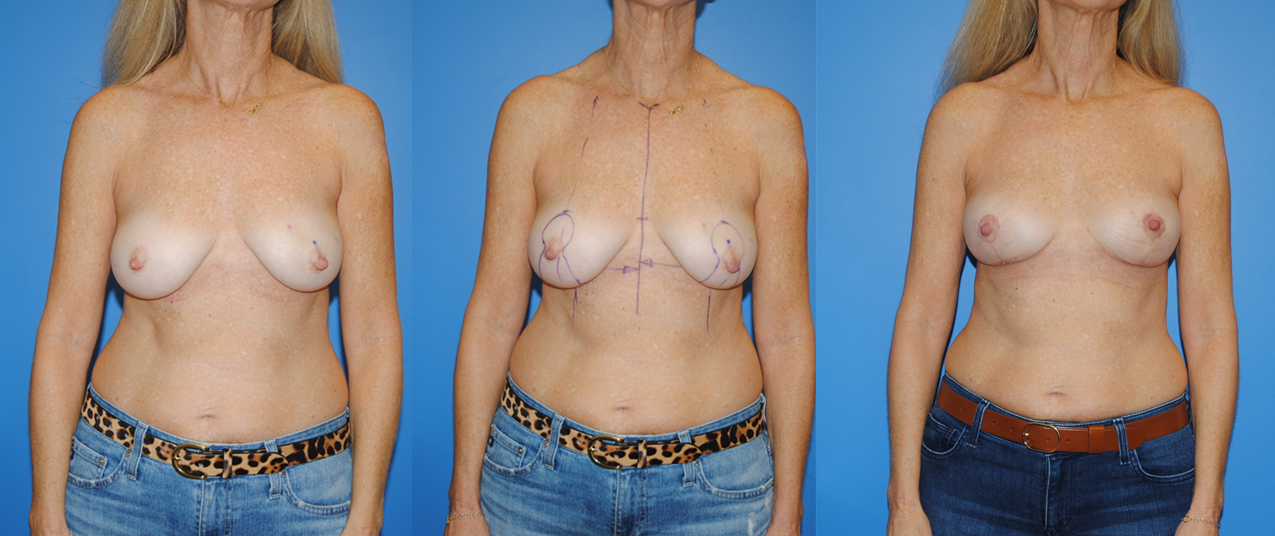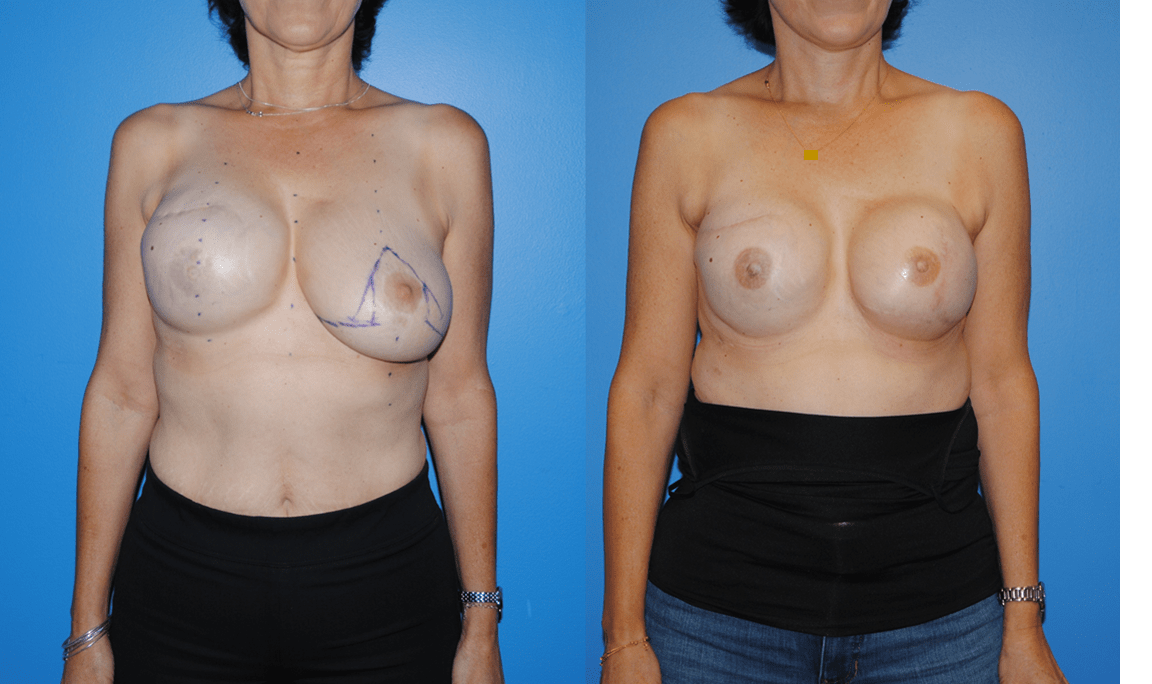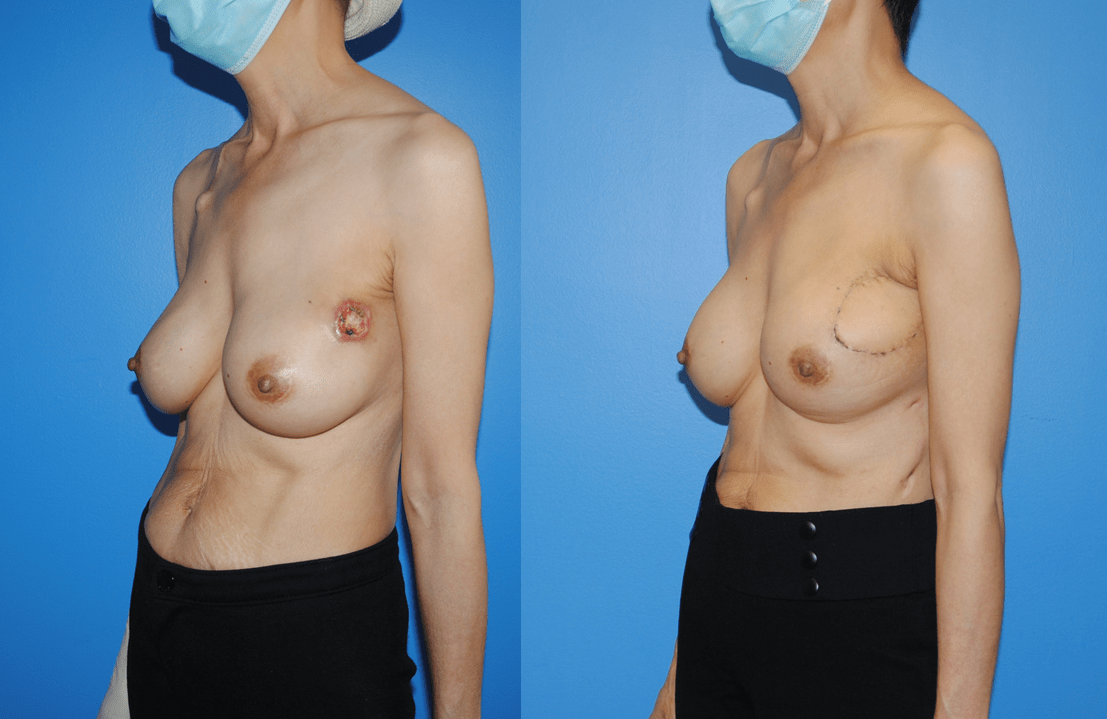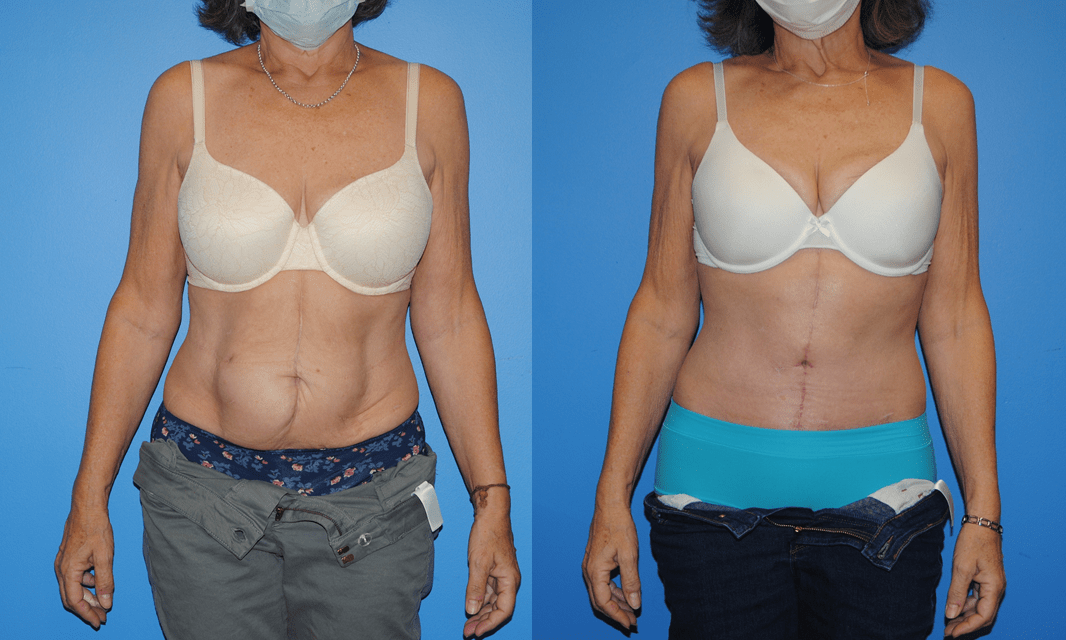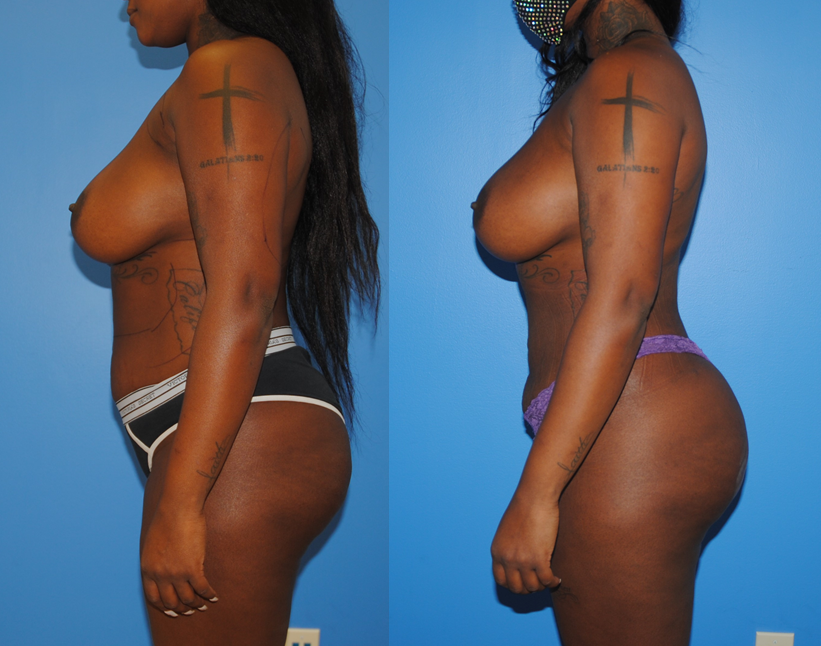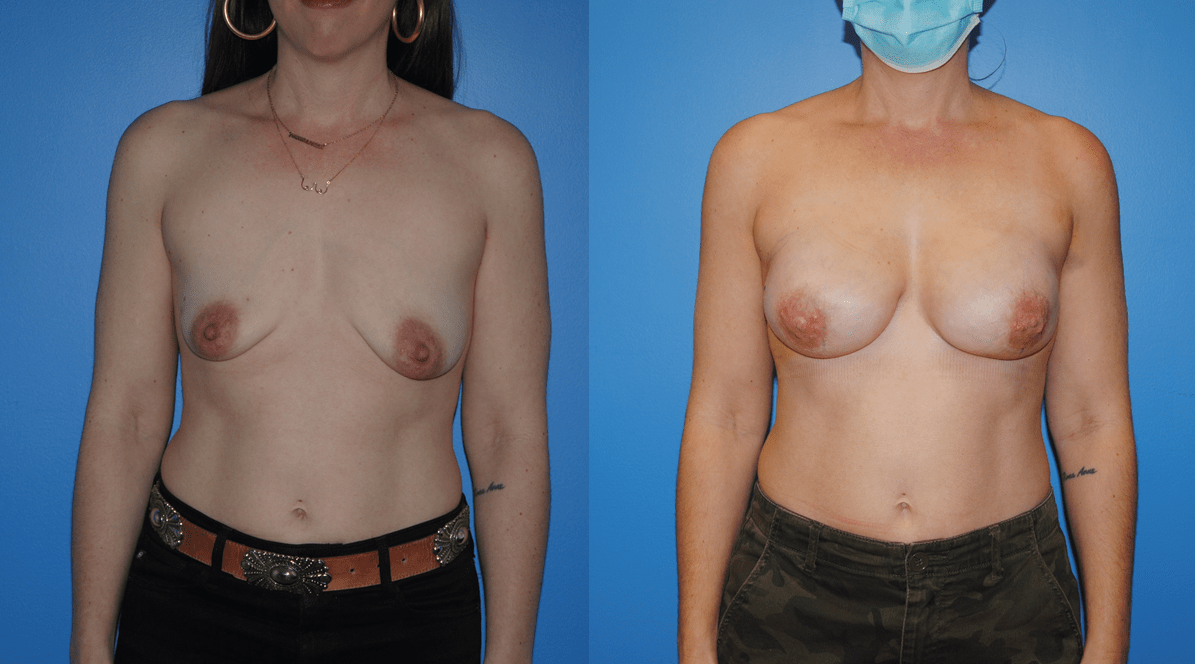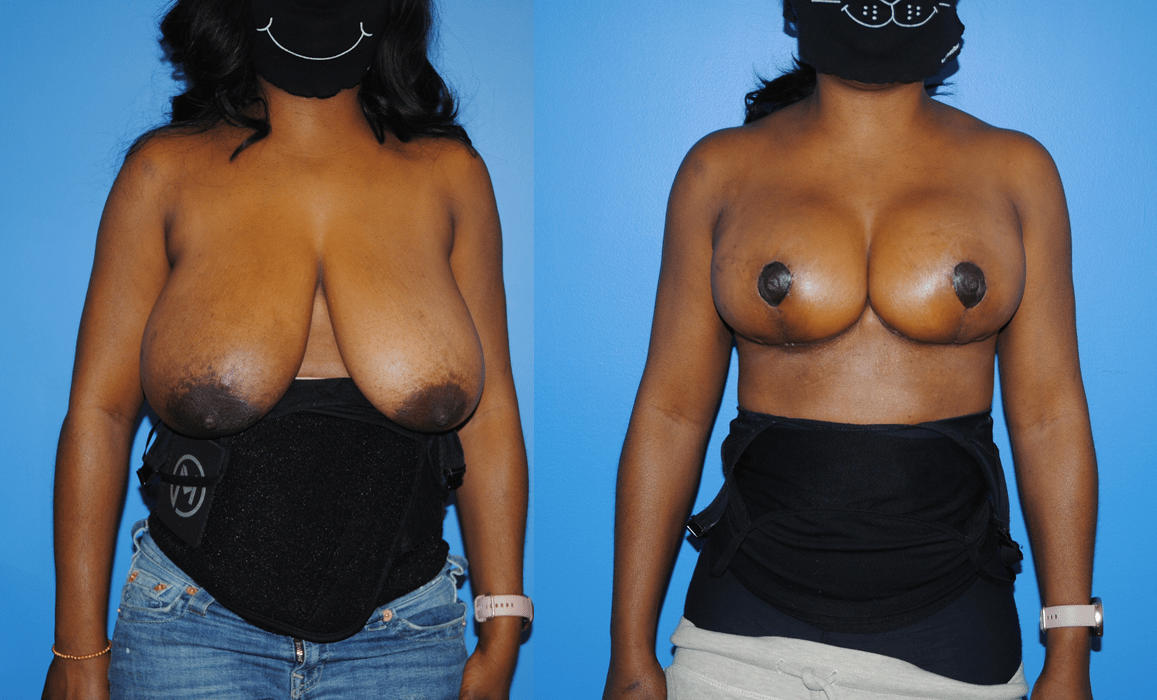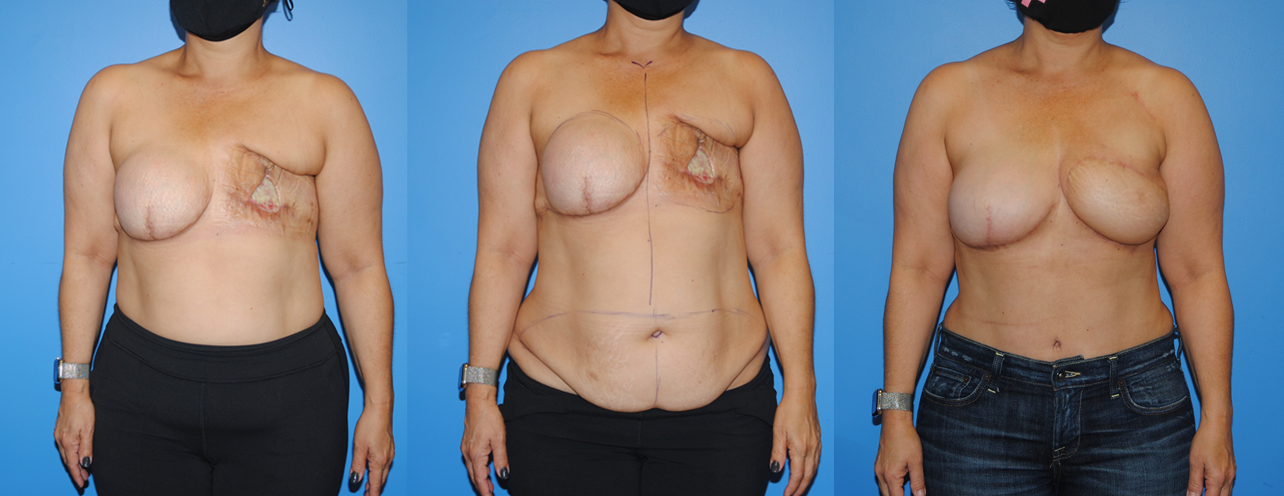DIEP flap breast reconstruction is often necessary to reconstruct the breast following radiation therapy. The lower abdomen is the primary source of tissue used to reconstruct the breast as it is soft and there is often adequate tissue available. After radiation therapy or removal of infected tissue expanders the skin can often not re-expand or is not amenable to placement…
